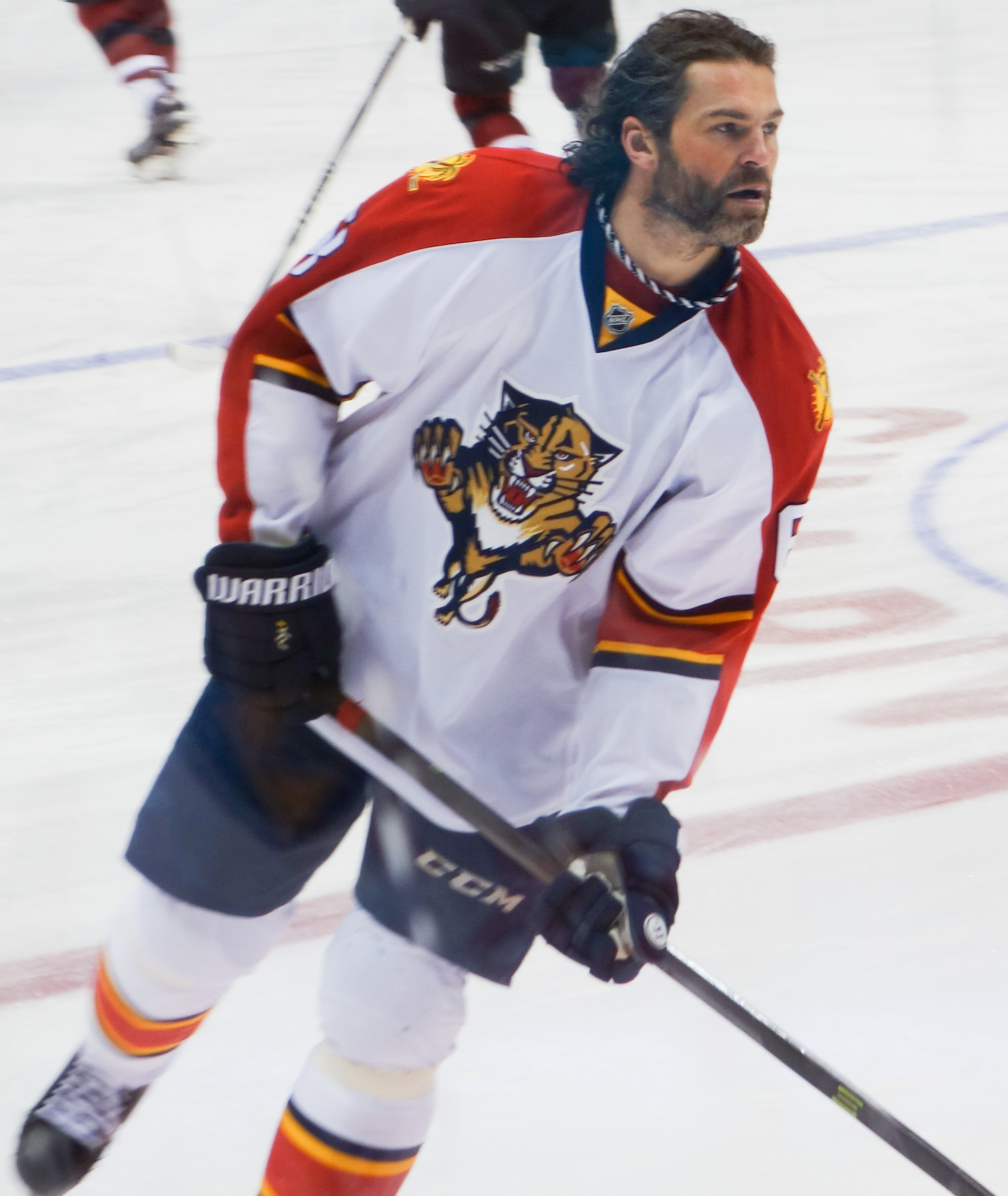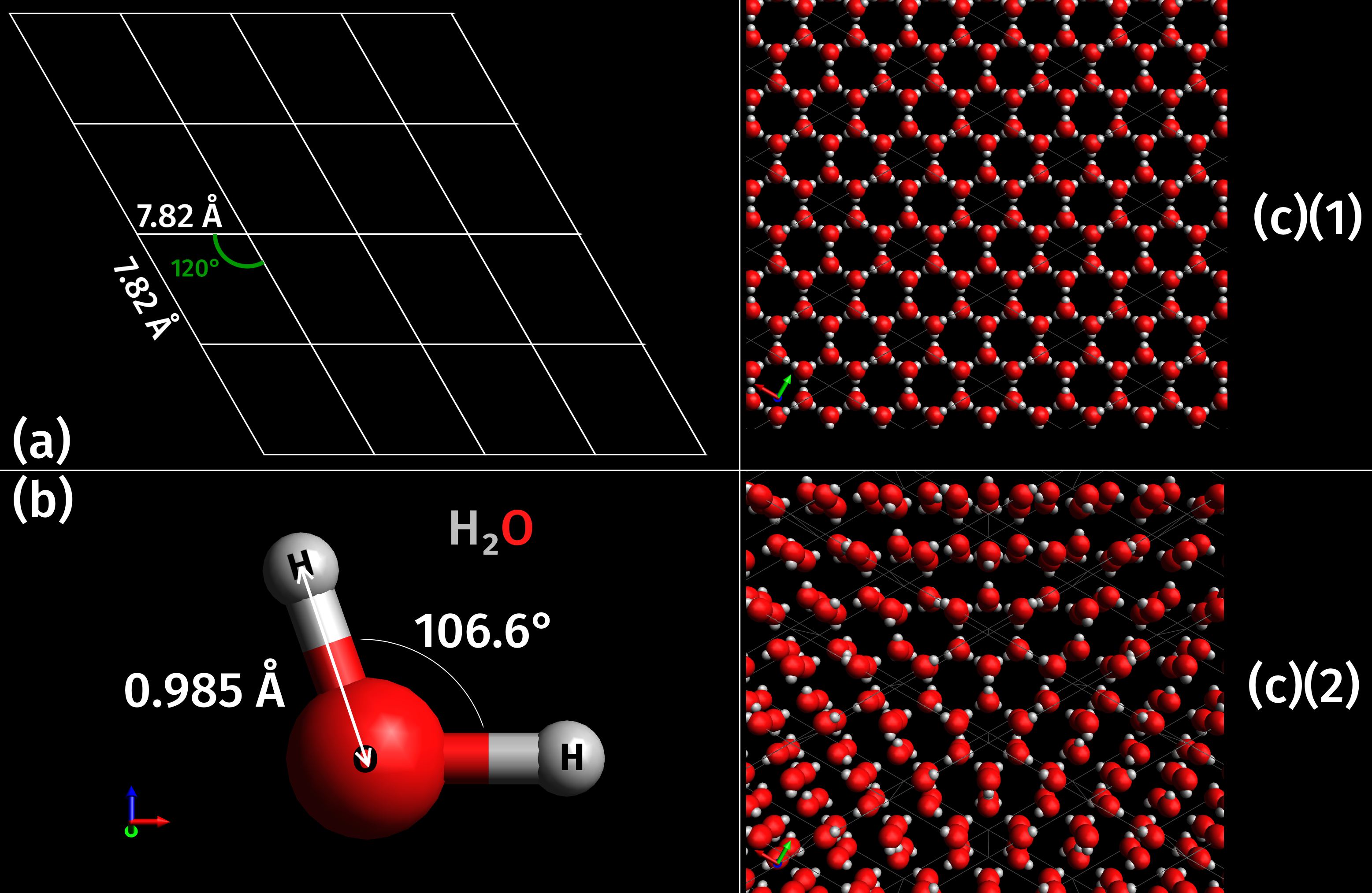|
Forward (ice Hockey)
In ice hockey, a forward is a player, and a position on the ice, whose primary responsibility is to score and assist goals. Generally, the forwards try to stay in three different lanes of the ice from goal to goal. It is not mandatory, however, to stay in a lane. Staying in a lane aids in forming the common offensive strategy known as a triangle. One forward obtains the puck and then the forwards pass it between themselves making the goalie move side to side. This strategy opens up the net for scoring opportunities. This strategy allows for a constant flow of the play, attempting to maintain the control of play by one team in the offensive zone. The forwards can pass to the defence players playing at the Blue line (ice hockey), blue line, thus freeing up the play and allowing either a shot from the point (blue line position where the defence stands) or a pass back to the offence. This then begins the triangle again. Forwards also shared defensive responsibilities on the ice with th ... [...More Info...] [...Related Items...] OR: [Wikipedia] [Google] [Baidu] |
Ice Hockey
Ice hockey (or simply hockey in North America) is a team sport played on ice skates, usually on an Ice rink, ice skating rink with Ice hockey rink, lines and markings specific to the sport. It belongs to a family of sports called hockey. Two opposing teams use ice hockey sticks to control, advance, and Shot (ice hockey), shoot a vulcanized rubber hockey puck into the other team's net. Each Goal (ice hockey), goal is worth one point. The team with the highest score after an hour of playing time is declared the winner; ties are broken in Overtime (ice hockey), overtime or a Shootout (ice hockey), shootout. In a formal game, each team has six Ice skating, skaters on the ice at a time, barring any penalties, including a goaltender. It is a contact sport#Grades, full contact game and one of the more physically demanding team sports. The modern sport of ice hockey was developed in Canada, most notably in Montreal, where the first indoor ice hockey game, first indoor game was play ... [...More Info...] [...Related Items...] OR: [Wikipedia] [Google] [Baidu] |
Blue Line (ice Hockey)
An ice hockey rink is an ice rink that is specifically designed for ice hockey, a competitive team sport. Alternatively it is used for other sports such as broomball, ringette, rinkball, and rink bandy. It is a rectangle with rounded corners and surrounded by walls approximately high called the ''boards''. Name origins ''Rink'', a Scots word meaning 'course', was used as the name of a place where another game, curling, was played. Early in its history, ice hockey was played mostly on rinks constructed for curling. The name was retained after hockey-specific facilities were built. Dimensions There are two standard sizes for hockey rinks: one used primarily in North America, also known as NHL size, the other used in Europe and international competitions, also known as IIHF or Olympic size. International Internationally, the dimensions of ice hockey rinks follow International Ice Hockey Federation (IIHF) specifications of 60.0 metres (196.9 ft) in length, and 26.0 to 30.0 ... [...More Info...] [...Related Items...] OR: [Wikipedia] [Google] [Baidu] |
Winger (ice Hockey)
Winger, in the game of ice hockey, is a forward position of a player whose primary zone of play is along the outer playing areas. They typically flank the centre forward. Originally the name was given to forward players who went up and down the sides of the rink. Wingers generally have the least defensive responsibilities out of any position on the ice, however they are still tasked with defensive duties such as forechecking duties or covering the point in the defensive zone. Nowadays, there are different types of wingers in the game — out-and-out goal scorers, checkers who disrupt the opponents, and forwards who work along the boards and in the corners. Often a winger's precise role on a line depends upon what type of role the other winger plays; usually lines will have one more goal-scoring oriented winger and one winger more focused on playing the boards, checking and passing the puck to others to take shots (if a larger player, he will sometimes be called a "power fo ... [...More Info...] [...Related Items...] OR: [Wikipedia] [Google] [Baidu] |
Centre (ice Hockey)
The centre (or center in American English) in ice hockey is a forward (ice hockey), forward position of a player whose primary Hockey rink#Zones, zone of play is the middle of the ice, away from the sideboards. Centres have more flexibility in their positioning and therefore often end up covering more ice surface than any other player. Centres are ideally strong, fast skaters who are able to Checking (ice hockey)#Backchecking, backcheck quickly from deep in the opposing zone. Generally, centres are expected to be gifted passers more so than goal scorers, although there are exceptions - typically larger centres who position themselves directly in front of the net in order to score off rebounds. They are also expected to have exceptional "ice vision", Hockey IQ, intelligence, and creativity. They also generally are the most defensively-oriented forwards on the ice, as they are expected to play the role of the third player in defense, after the defenceman, defencemen. Centres usuall ... [...More Info...] [...Related Items...] OR: [Wikipedia] [Google] [Baidu] |
Ice Hockey Forwards
Ice is water that is frozen into a solid state, typically forming at or below temperatures of 0 ° C, 32 ° F, or 273.15 K. It occurs naturally on Earth, on other planets, in Oort cloud objects, and as interstellar ice. As a naturally occurring crystalline inorganic solid with an ordered structure, ice is considered to be a mineral. Depending on the presence of impurities such as particles of soil or bubbles of air, it can appear transparent or a more or less opaque bluish-white color. Virtually all of the ice on Earth is of a hexagonal crystalline structure denoted as ''ice Ih'' (spoken as "ice one h"). Depending on temperature and pressure, at least nineteen phases ( packing geometries) can exist. The most common phase transition to ice Ih occurs when liquid water is cooled below (, ) at standard atmospheric pressure. When water is cooled rapidly (quenching), up to three types of amorphous ice can form. Interstellar ice is overwhelmingly low-density amorphous ice (LDA ... [...More Info...] [...Related Items...] OR: [Wikipedia] [Google] [Baidu] |
Ice Hockey Positions
Ice is water that is freezing, frozen into a solid state, typically forming at or below temperatures of 0 °Celsius, C, 32 °Fahrenheit, F, or 273.15 Kelvin, K. It occurs naturally on Earth, on other planets, in Oort cloud objects, and as interstellar ice. As a naturally occurring crystalline inorganic solid with an ordered structure, ice is considered to be a mineral. Depending on the presence of Impurity, impurities such as particles of soil or bubbles of air, it can appear transparent or a more or less Opacity (optics), opaque bluish-white color. Virtually all of the ice on Earth is of a Hexagonal crystal system, hexagonal Crystal structure, crystalline structure denoted as ''ice Ih'' (spoken as "ice one h"). Depending on temperature and pressure, at least nineteen phases of ice, phases (Sphere packing, packing geometries) can exist. The most common phase transition to ice Ih occurs when liquid water is cooled below (, ) at standard atmospheric pressure. When water is coo ... [...More Info...] [...Related Items...] OR: [Wikipedia] [Google] [Baidu] |

